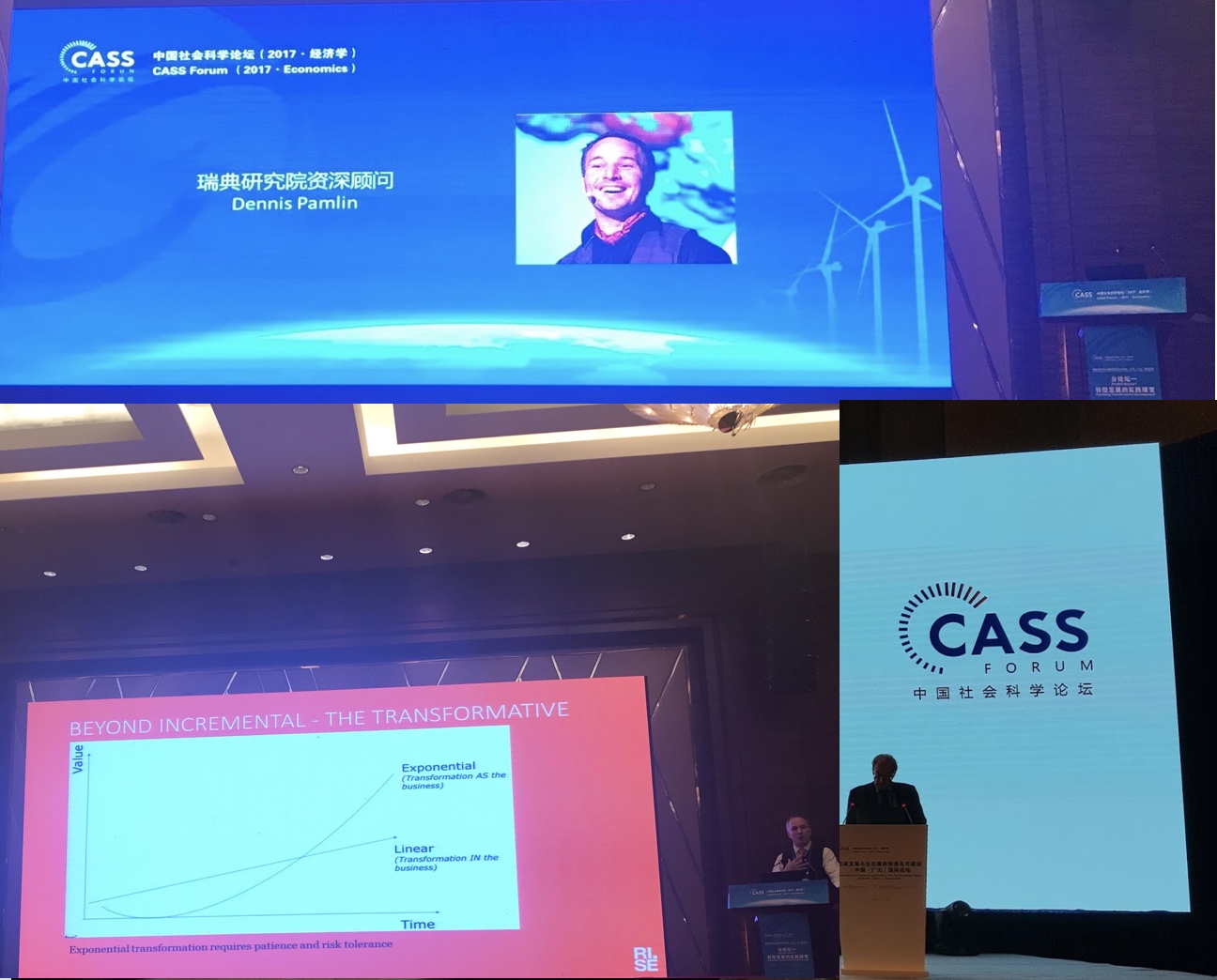Three innovation guidelines presented at the Lift conference in Marseille
/
Asked to present some ideas, based on the work I’ve done with large companies around the world, that could help innovators provide solutions that are needed, I presented the following three ideas at the lift conference in Marseille (presented in this PPT):
1. The 9 Billion Challenge
This is a challenge that I have been talking about with a lot of companies but am yet to develop into a working tool. The basic idea is to look at innovations/solutions/suggestions trough a “9 billion population lens” and ask the question: “Can everyone use the innovation/solution/suggestion, or is it only for a small exclusive group in the rich countries?”. The 9 billion challenge is meant to discuss the direction of innovations not produce a “yes or no”. It can also be used to ask about the relevance of the innovation. While it is fun to develop application for the iPhone it might be worth asking if this is helping the one billion people starving. If it does it is great, if not maybe it is an idea to reflect on how much time/resources that resources/time/imagination we spend on the already rich and how much time we spend on those who struggle to survive.
Both solutions and ways to measure a 9 billion solution are needed.
2. Planet Positive+
This is a further development of “Climate Positive” (that I’ve been working with Ericsson, China Mobile, Novozymes and others) as I think that neutral is not a suitable goal for companies. Innovators should not focus primarily on how they can make companies less destructive (but it is nothing wrong with that) but how they can help companies give a positive contribution to society.
We should set targets that are positive for companies, not zero as a target. (I liked what Gunter Pauli said: “We would not accept a bank robber who say that he will rob a little less and say that it is a great improvement, but for companies we often accept less destruction as a great step forward.” Almost as good as the question “Is it progress if a cannibal uses knife and fork?”)
Again, both solutions and ways to measure planet positive are needed.
3. Innovation surfing
It is obvious that most of the innovations are not directed towards those that needs it most (or the areas where innovation is most desperately needed). But instead of complaining we can map where innovations are taking place and try to see how we can “surf” on those innovations towards the areas where we need innovation. We can use the resources, ideas and network from areas where more activity is taking place today and ensure that as mush as possible is used to deliver the important innovations that we need.
A map to define innovations an outline for an innovation map for “hot-spots” is presented in the PPT here.




































 ecently released a new study
ecently released a new study